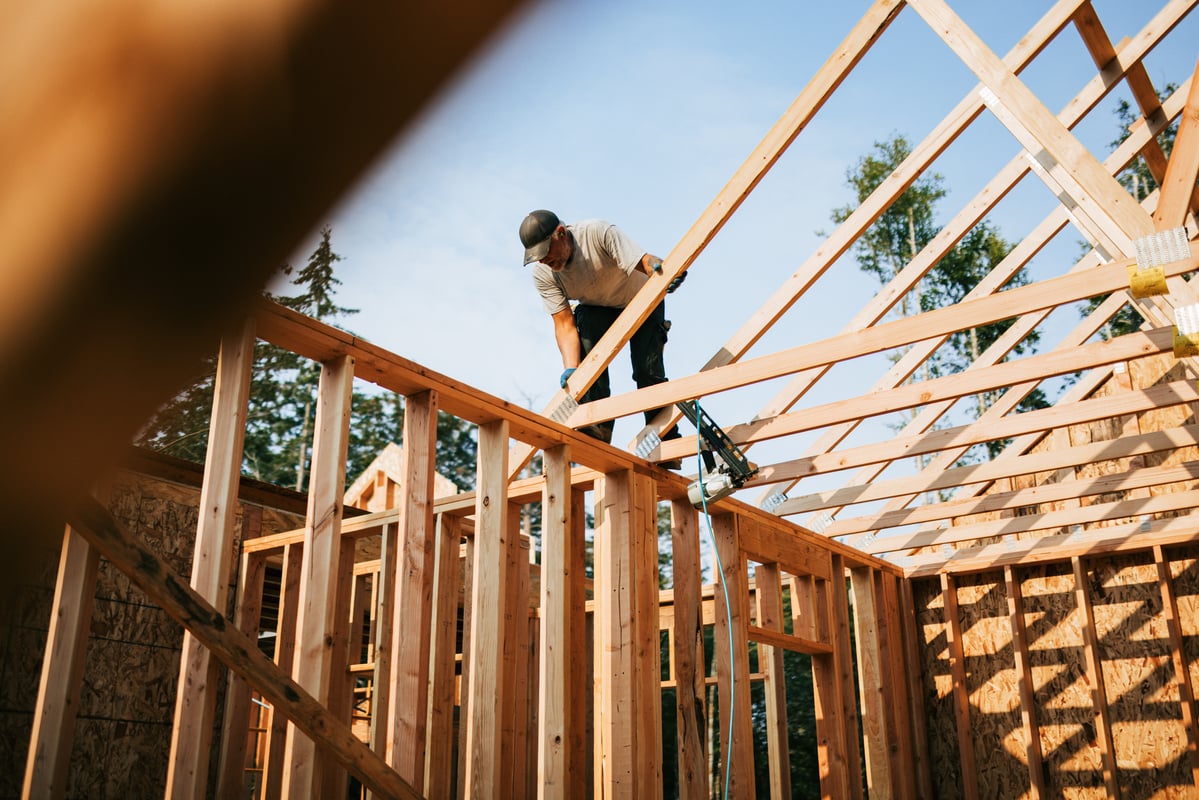If there was any doubt, home improvement giant Lowe's Companies (LOW +0.29%) confirmed there were still many challenges ahead when it reported its 2018 fourth-quarter and full-year results. In Q4, Lowe's sales grew to $15.6 billion, a 1% increase year over year, and adjusted earnings per share (EPS) rose to $0.80, an 8.1% increase year over year. The company is facing a number of headwinds, including increased competition and a shifting retail landscape, that it has so far failed to properly navigate.
It's certainly clear that new CEO Marvin Ellison has his work cut out for him. Let's take a closer look at three of the largest problems Ellison addressed during the company's conference call.
| Lowe's Metrics | 2018 Q4 | 2017 Q4 | Change (loss) |
|---|---|---|---|
| Sales | $15.6 billion | $15.5 billion | 1% |
| Adjusted EPS | $0.80 | $0.74 | 8.1% |
| Gross margin | 31.3% | 33.7% | (2.4 percentage points) |
Data source: Lowe's Companies.
Taking care of the Pros
In the home improvement business, there are few things more important than taking care of what it calls "Pro" customers, which Lowe's defines in its annual 10-K filings as those in construction trades or the maintenance, repair, and operations (MRO) industry. The reason these customers are so important is that they often make more frequent and higher-spending visits than DIY customers working on weekend projects. Home Depot (HD 0.07%) has consistently showed up Lowe's in this key category, better catering to these customers' needs and capturing far more of its Pro customer market share.
Check out the latest earnings call transcript for Lowe's.

Lowe's is working hard to improve its market share with "Pro" customers, those in the construction or maintenance trades. Image source: Lowe's Companies.
In the conference call, Ellison said, "We want to have a more intentional focus on the Pro because we know that a more intentional focus on the Pro will improve transactions, it will improve ticket, and it will improve overall productivity from a sales-per-square-foot perspective."
Some of the things Lowe's is doing to address these deficiencies are simple steps, including having enough in-store inventory for the larger jobs Pros handle (such as just having enough paint in five-gallon buckets for Pro painters). Lowe's will also be dedicating loaders to exclusively serve Pro customers, so any bulky products they purchase can be loaded quickly and efficiently at the store. There will also now be department supervisors for Pro customers.
Early signs of these measures have been encouraging, as Pro comparable sales outpaced total comparable sales in January, according to Ellison.
Taking care of digital sales
Lowe's online sales rose 11% year over year in the fourth quarter and, while that is obviously much higher than the company's total sales growth, it is also much lower than Home Depot's online sales, which grew 24% year over year and was coming off a much higher base. Lowe's online infrastructure continues to experience problems, such as outages on Black Friday weekend, the largest shopping time of the year.
Lowe's management believes it can turn its online fortunes around by concentrating on three key areas: 1) making its site more user-friendly; 2) having store associates use its online presence as "an endless aisle in our stores"; and 3) working more closely with its vendors to improve its online product selection.
Taking care of delivery
Finally, Ellison acknowledged that Lowe's has to prove its omnichannel capabilities if it truly wants to compete in today's retail world. In order to do so, however, Lowe's has to improve its delivery and logistics infrastructure. Ellison stated Lowe's was good at getting products to its stores but that it had to improve its deliveries to job sites and residences. The company just opened its first direct fulfillment center and has plans to open a second on the West Coast. Ellison also said other changes were being made to increase efficiency and cost-effectiveness:
What we're also focused on this year is transitioning a lot of the deliveries that take place in the store today, primarily appliances and other big bulk items, into a bulk distribution cross-dock strategy that takes enormous pressure off the stores from a delivery perspective and it centralizes it and it will allow us to aggregate bulk deliveries to the customers' homes more effectively. ... And so, in essence, what we're developing is a network of distribution centers and systems that will allow us to do store, job site and to the customer's home. And that's what we will start to build out this year.
Taking care of business
Many retailers are facing existential crises in the face of the changing habits of consumers, new online competitors, and their own failure to make wise investments in today's changing retail landscape. While Lowe's problems are not nearly that dire, the pressure remains, since these difficulties are neither minor nor easy to solve. If shareholders are to take comfort in anything, it's that Ellison seems to have a handle on what's ailing the company. The question remains, however, if he will be able to fill the prescriptions he is writing. Early results suggest he might. In January, comparable sales improved 5.8% over last year.
The company is guiding for full-year EPS of between $6.00 and $6.10, the midpoint giving shares a forward P/E of about 17.2, just slightly lower than Home Depot's valuation. While it is certainly possible for Lowe's to overcome its struggles, at this point I remain invested in Home Depot and will wait on the sidelines regarding Lowe's until there is more evidence of a clear turnaround.







